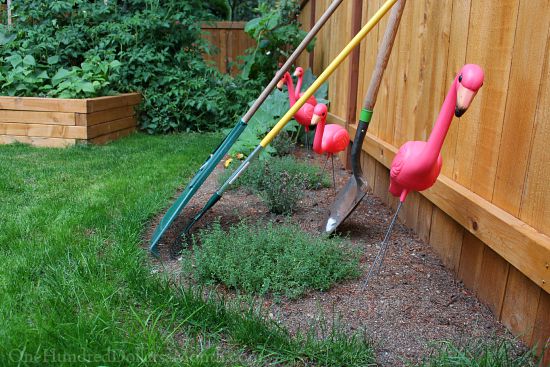

Here are some common members of the brassica family:īrassicas will outcompete pumpkins for available nutrients every time, resulting in big, lush greens and stunted, sad little pumpkins.


Brassicasĭue to their high nutrient demands, brassicas don’t pair well with pumpkins. These tuberous roots will conflict with the widespread, fibrous root system that a pumpkin plant produces, especially around harvest time when it’s time to pull them up.įor best results, plant root vegetables in groups or rows on their own instead of with pumpkins or other large vegetables. These crops have sizable underground roots, and for a good harvest you want them to become as large as possible. Let’s take a look at what not to plant with pumpkins: Large Root Crops On the flip side, some plants just don’t play well with pumpkins for various reasons. Visit our post on what to do about yellow pumpkin leaves to learn more. Most of the time, it’s something you can fix. RELATED: If you see some leaf yellowing going on in your pumpkin patch- don’t panic. You’ll also discover which plants don’t mix so well with pumpkins and the answers to some common questions. In this article, you’ll learn more about these wonderful pumpkin neighbors and how you can plant them in your garden. Some of the best pumpkin companion plants include: This technique helps you maximize both the space and the productivity of your garden while also keeping pest problems to a minimum.
Growing thyme with tomatoes full#
And did you know that you can actually plant certain things close to your pumpkins to help them grow to their full potential?Ĭompanion planting involves placing complementary plants next to each other so you get the benefits of both. While they’re harvested in and associated with fall, pumpkins need to be seeded quite early in the season to give them time to grow into the big orange basketballs we know and love. I’ll make a bold statement: Everybody loves a pumpkin!


 0 kommentar(er)
0 kommentar(er)
